AP&C – a GE Additive company has announced it has signed a new agreement with Airbus to provide Titanium powders (Ti-6AI-4V) for use in metal additive manufacturing applications. The new multiyear agreement to provide Ti-6AI-4V powders deepens AP&C’s working relationship with Airbus, which dates back several years.
Sidebar
Aerospace
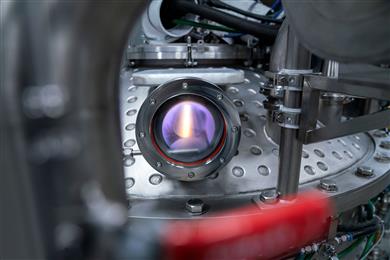
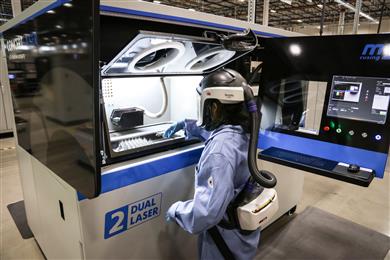
GE Additive and Wichita State’s National Institute for Aviation Research team up to accelerate metal additive technology for rapid Department of Defense implementation
GE Additive and Wichita State University’s National Institute for Aviation Research have signed a non-binding Memorandum of Understanding as the cornerstone of a new collaborative effort aimed at supporting the U.S. Department of Defense‘s (DoD) accelerated adoption of metal additive manufacturing technology.
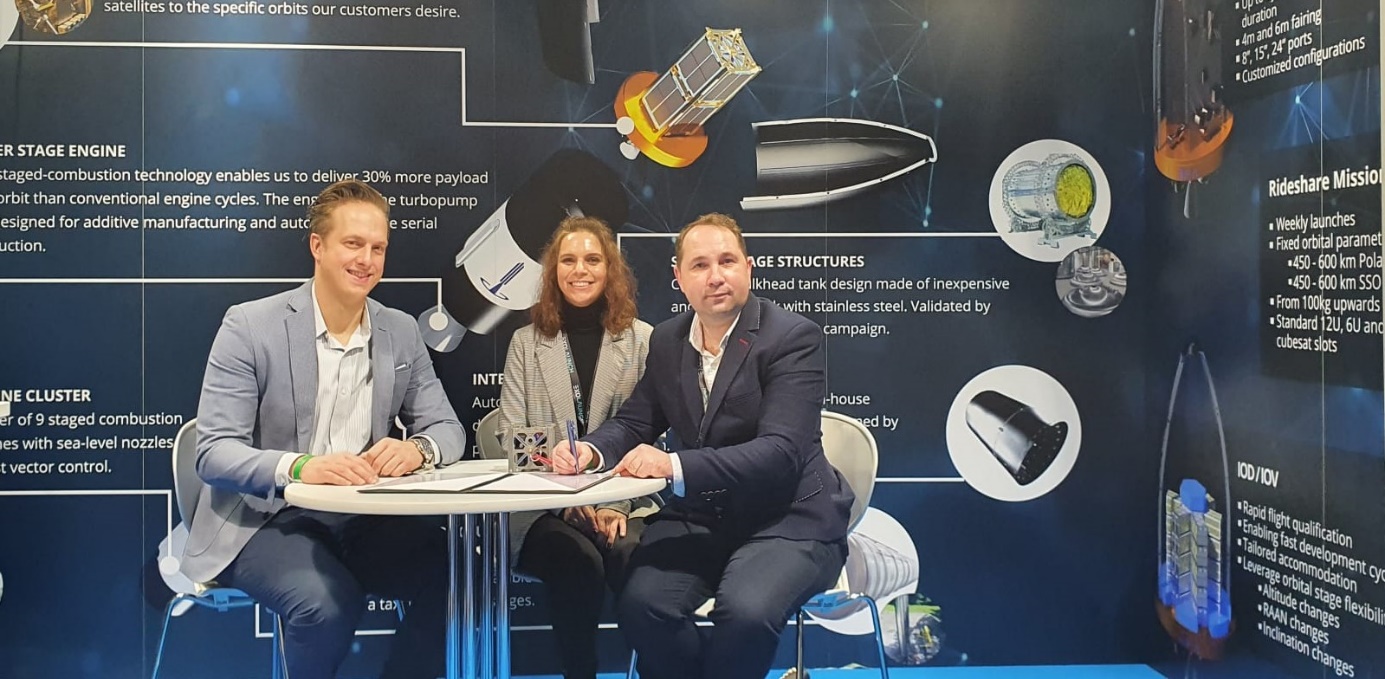
First launch of RFA ONE flies mission from LRS
Lunar Research Service (LRS) and Rocket Factory Augsburg AG (RFA) have agreed on a launch services contract. According to the agreement, RFA will fly a research mission of the Ukrainian company LRS with its small launch vehicle RFA ONE into a low-Earth orbit. The flight, which is scheduled to take place from Andøya, Norway, in late 2022, will be the maiden flight of the Augsburg-developed launcher.
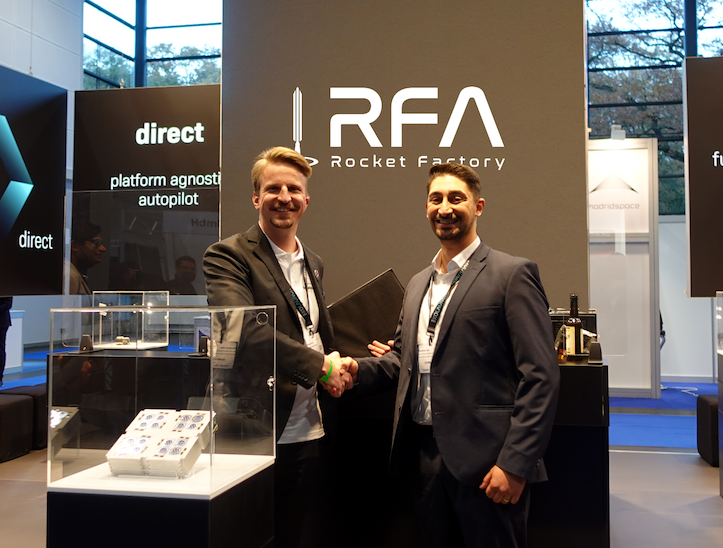
RFA and Morpheus announce partnership
Morpheus Space Inc. and Rocket Factory Augsburg AG (RFA) have jointly signed a letter of intent for cooperation. The two companies will work closely together in the field of propulsion technology in the future.
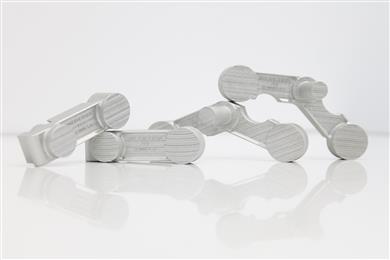
US Air Force and GE reach next milestone in Pacer Edge Program
Phase III of the program tackles the Air Force’s sustainment behemoth head-on
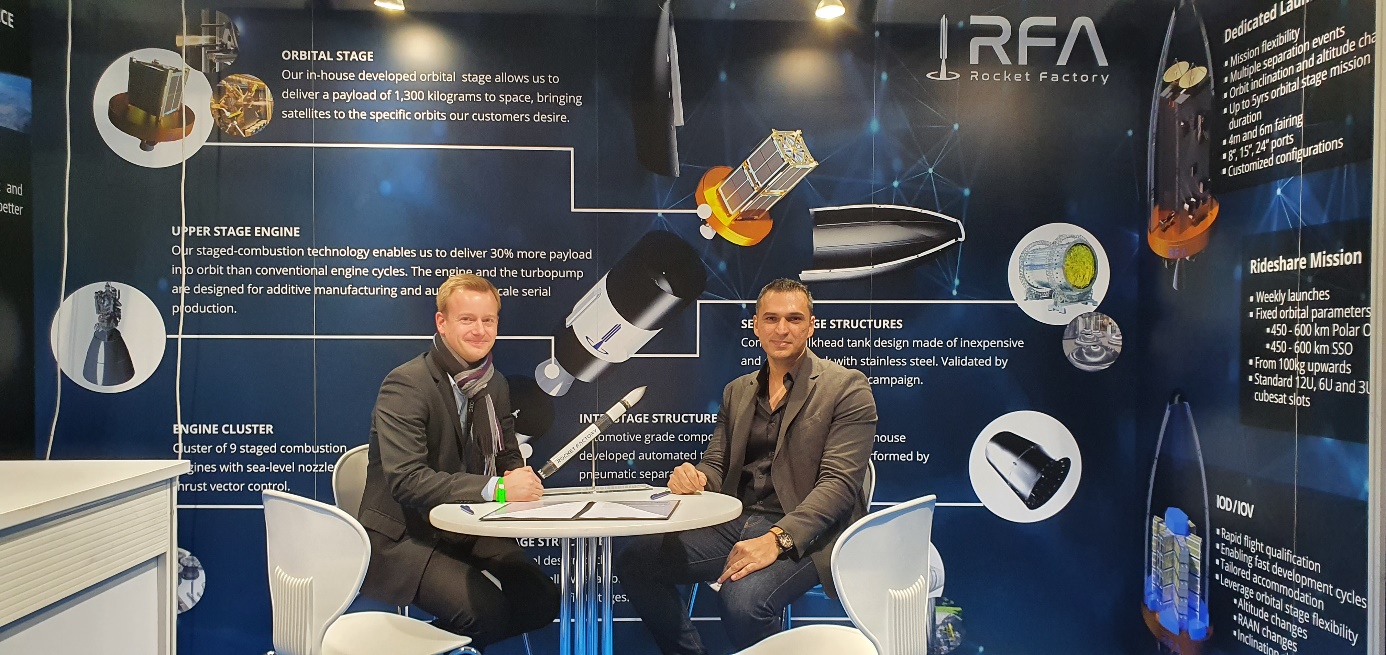
Lúnasa and RFA sign memorandum of understanding
RFA joins forces with Lúnasa to provide flexible and cost-effective in-orbit services

Superior toughness and in-plane performance, ideal for primary structures
Solvay has announced the launch of CYCOM® EP2190, an epoxy-based system offering outstanding toughness in thick and thin structures combined with excellent in-plane performance in hot/wet and cold/dry environments.
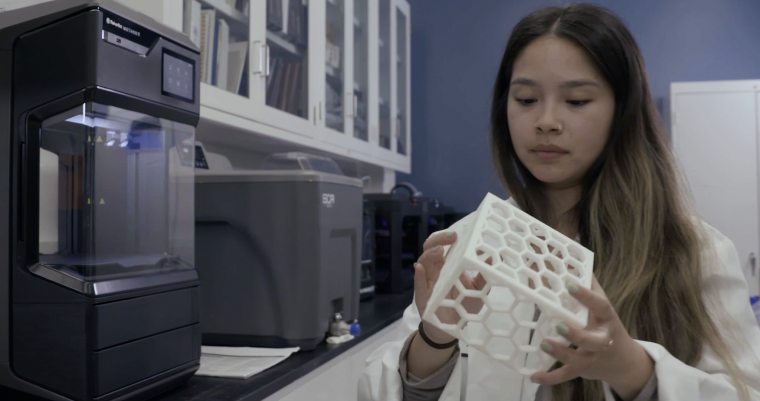
Lockheed Martin Again Taps MakerBot 3D Printers for Its Next Big Space Project – An AI-Assisted Lunar Rover for NASA
Lockheed Martin Space uses METHOD X to create parts for the lunar rover project, enabling the engineers to design, develop, and test autonomous systems and processes
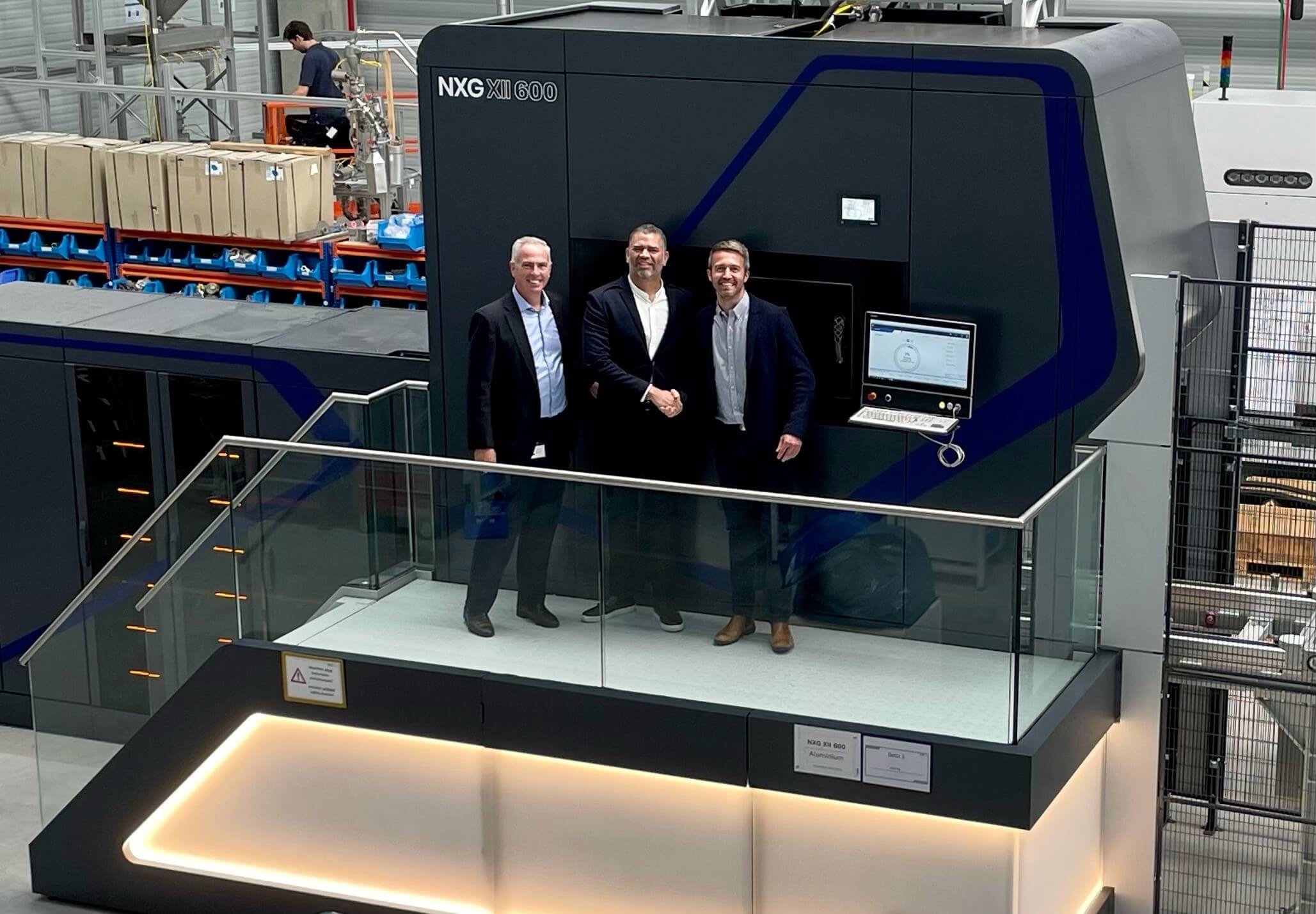
SLM Solutions’ Outfits Morf3D’s State-of-the-Art Headquarters with Two SLM® 500s and the NXG XII 600 for its Applied Digital Manufacturing Center
Morf3D’s 90,000 square foot ADMC facility will streamline and accelerate serial production lines across the globe.
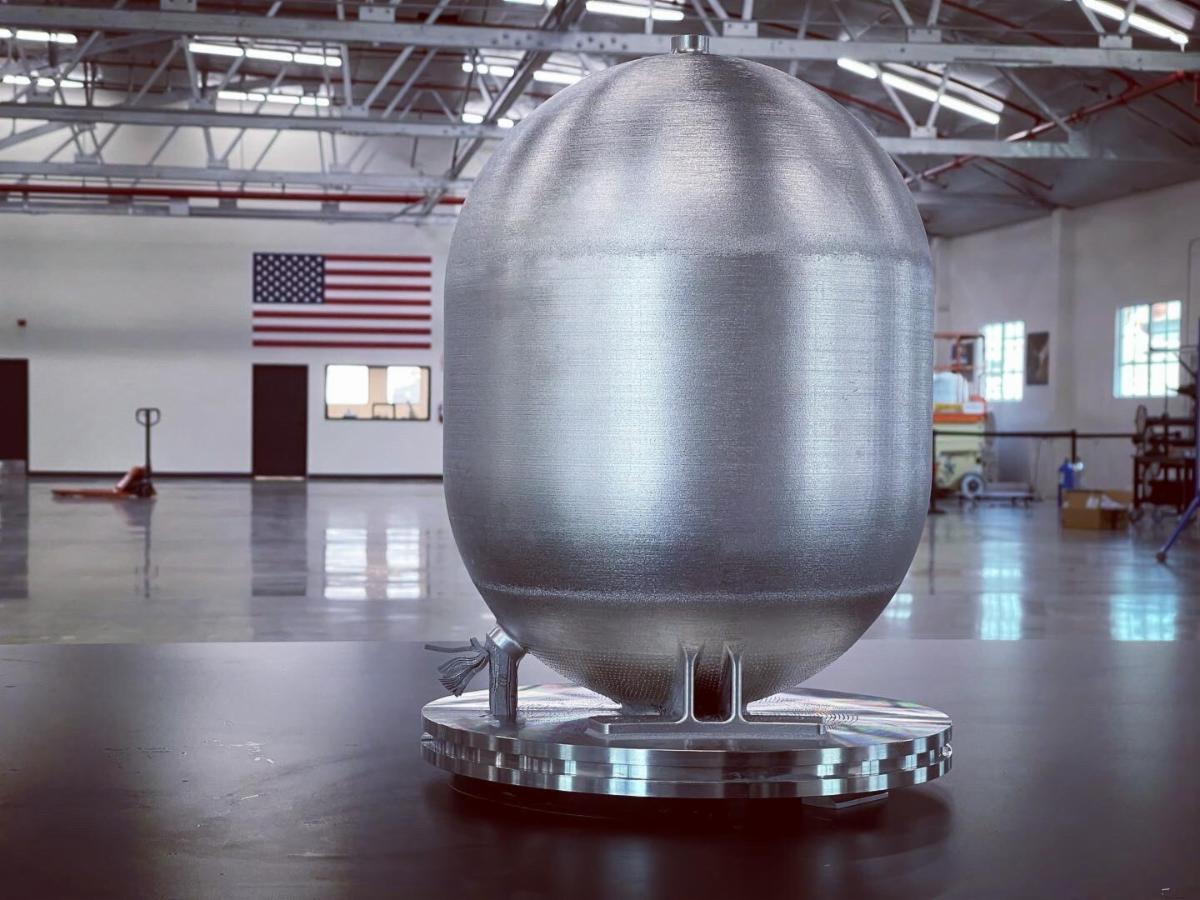
Velo3D and Launcher Expand High-Performance Liquid Rocket Engine Component-Manufacturing Collaboration
Rocket developer adds a second Sapphire 3D printing system to its facility
SLM Solutions Lifts off: Optisys Uses SLM® Technology to Manufacture Parts for Space Missions
Optisys, an advanced turnkey antenna and radar product supplier, uses the SLM®500 to manufacture parts used on space missions that include the moon. SLM® technology offers multiple advantages but of particular interest to space companies is that parts can be manufactured using topology optimization to produce light, compact and robust designs, built to withstand the harsh conditions of space.

 Deutsch (Germany)
Deutsch (Germany)  Polski (PL)
Polski (PL) 







